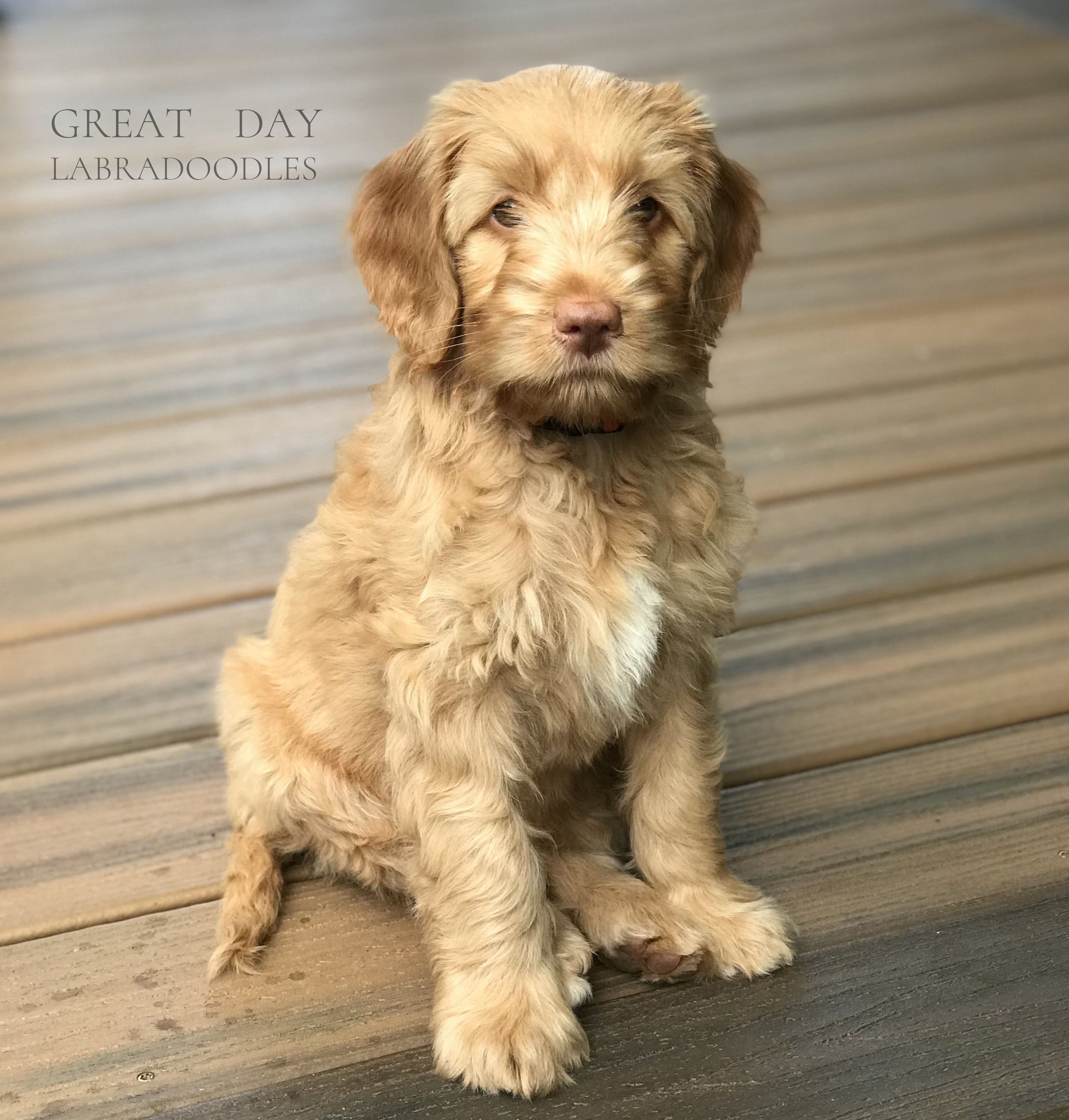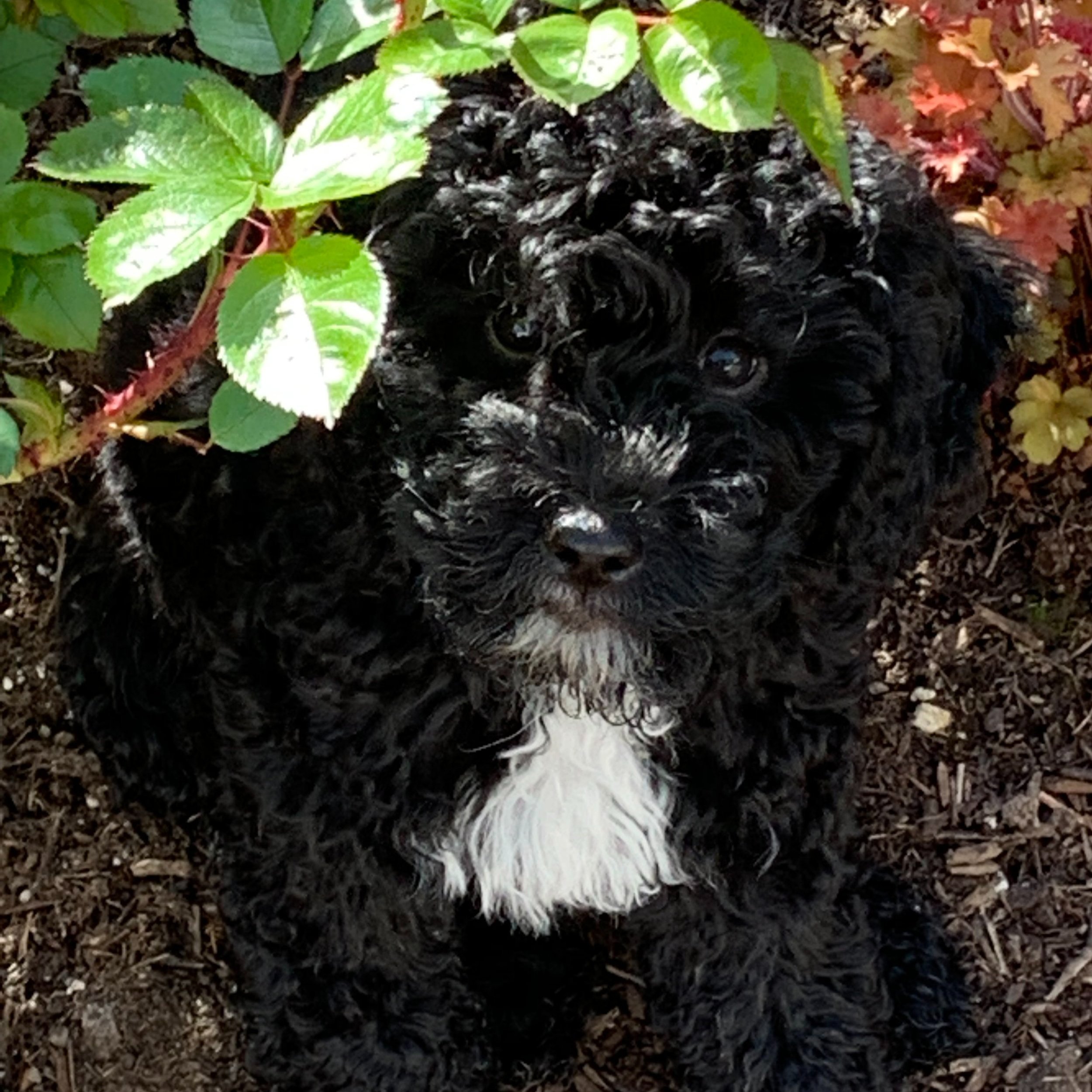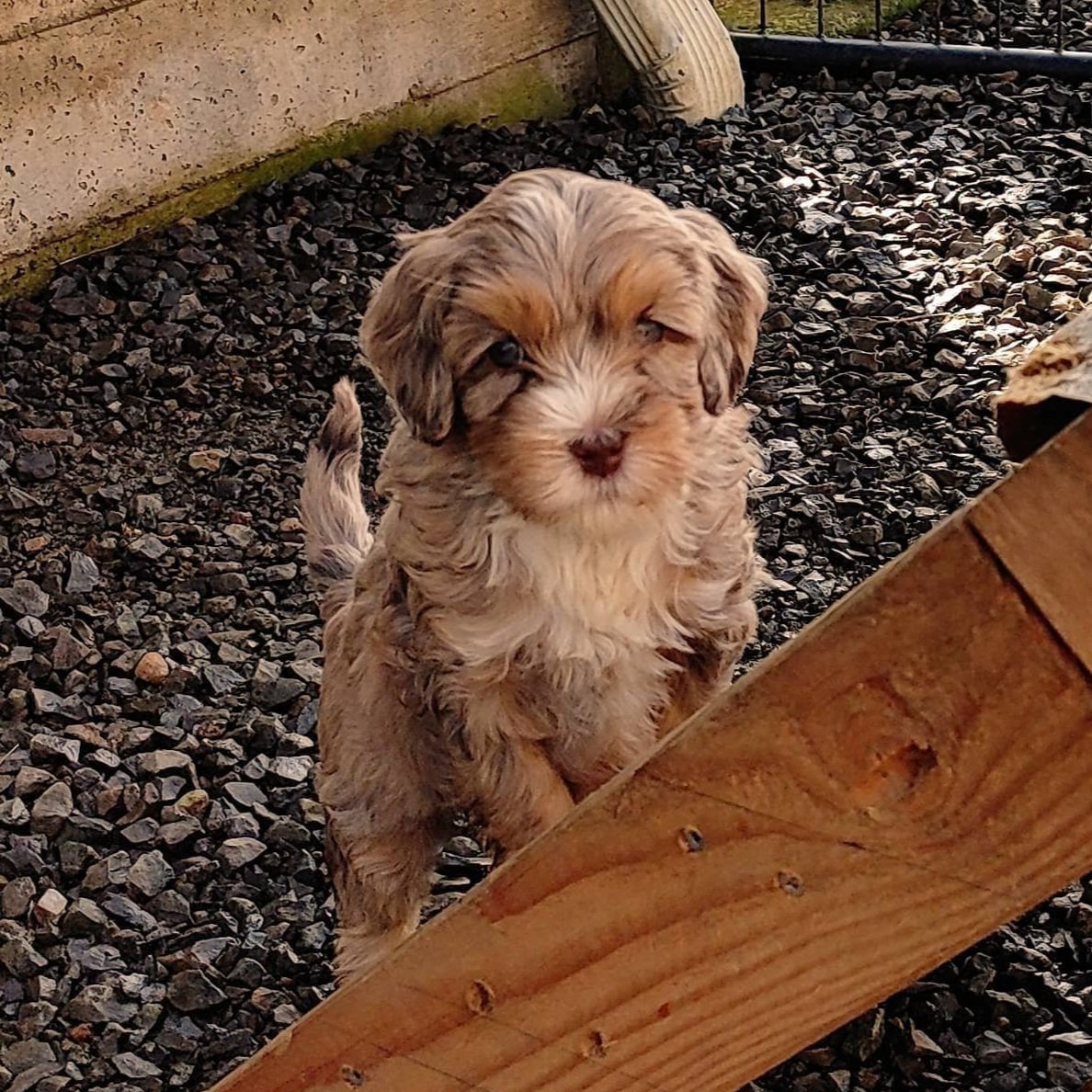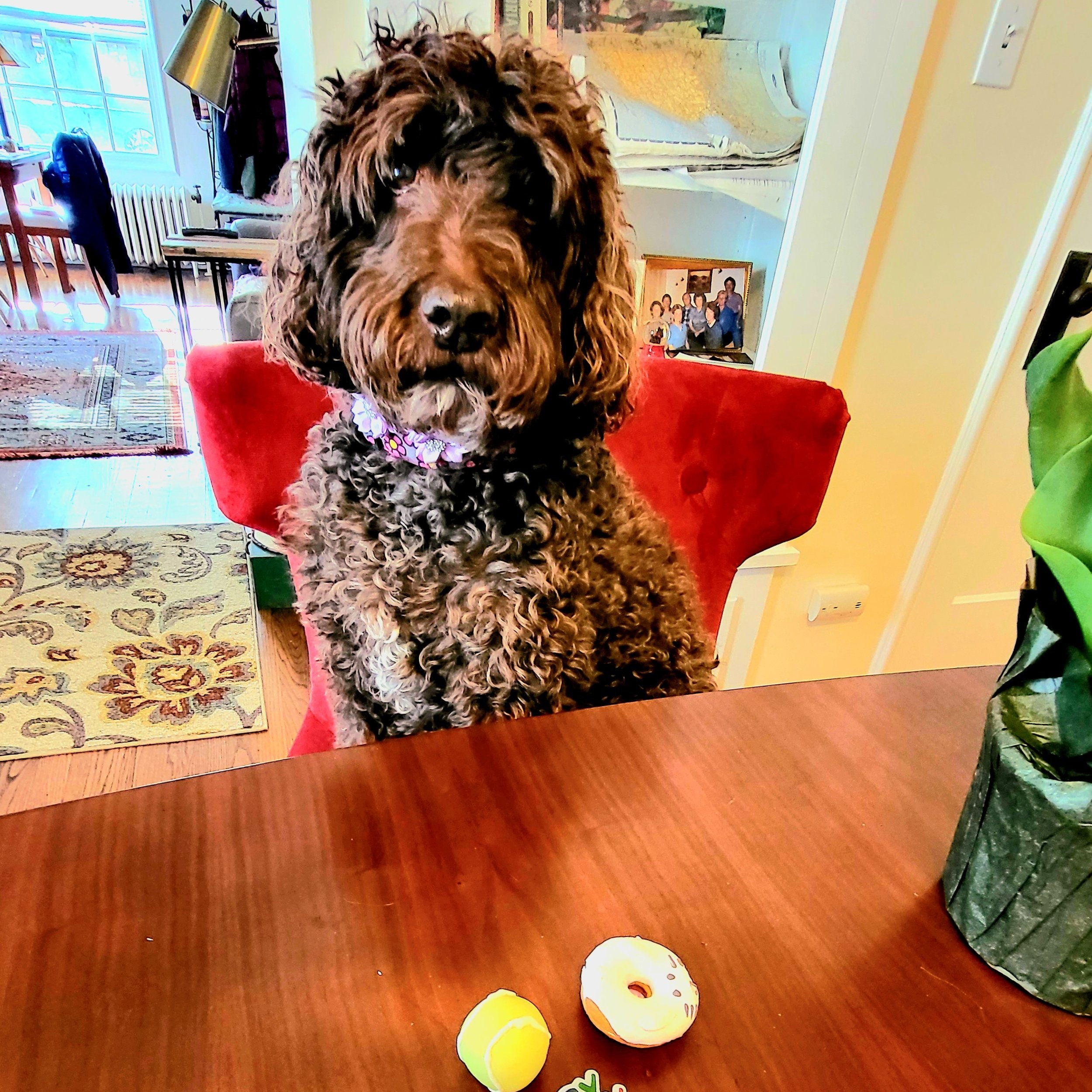ready for puppy arrival
Before puppy arrival
1. Puppy proof your house. If this is your first dog, go through your home and make sure there are no electrical wires hanging on the floor, pick up small items a dog may find enticing to chew, gate off areas of the home you don’t want the puppy to have access to. Basically, baby proof your home.
2. Walk through your yard and make sure the fence is in good shape with no areas the dog may squeeze or dig under the fence. Check the gates to make sure they are closed and latched.
3. Purchase a crate and set it up in a quiet place, such as your bedroom. A crate will give your new dog a safe place to decompress.
4. Purchase necessities such as food, food/water bowls. Of course, a few toys and a bone would be nice too.
Puppy Arrival
1. Outside Before Inside
When you first get home, introduce your new dog to the outside of your house before bringing him inside. Let him take in all the new smells and take him for a walk around the block to burn off any extra energy. Show him where he will go potty.
2. Bringing a New Dog Home to Another Dog
If you have another dog at home, introduce them outside before bringing him inside. Even if they’ve already met. Take them for a walk together or put the resident dog in the backyard, bring the new dog to the outside of the fence to let them smell each other. It is important not to let the new dog “invade” your resident dog’s territory. Take this step very slowly.
As hard as it may feel, you should really wait 24-48 hours before fully introducing the new dog into your pack. Keep them in separate areas of the house for the first day to let everyone decompress.
3. Introduction to Inside Your House
When ready, enter and introduce your dog to your house slowly. Keep him on a leash for at least the first day, preferably the first 3 days.
They need to explore their new environment
The first thing you do when the puppy comes home is to let them explore their new environment and their own dog friendly area. They may adopt one of these three attitudes: they want to follow you everywhere, they prefer to sit still in one place, or hide under the furniture. If faced with any of them you must have patience, let them feel comfortable enough to pry all corners of the house on their own. Never pressure them to go out or take an interest in things in a hurry.
It is likely that after a while they will be carried away by the new odors and begin to recognize the place, sniffing and putting their head in everything, but hopefully with caution. Do not leave them alone during this process, as they could hurt themselves or leave through some door that has been left open, for example.
From the beginning, show them their resting area and the bowls where they will drink and eat. Try not to change these places so that they can remember them easily; before the arrival of the dog these sites should be agreed upon with all members of the family.
4. Low-Key
Keep the first few days low-key. Don’t overwhelm him with visitors coming to see how cute he is, wait until he has a chance to get to know you and his new home first. Give him plenty of quiet time to settle in. Crate train your dog, giving him a safe area to decompress will help him feel more comfortable.
5. Routine
Creating a routine will also help your dog feel more comfortable. Schedule his feeding, walks, sleep and play time. The sooner you establish a routine, the better you both will feel. A feeding schedule will help if your dog is not potty trained yet.
6. Training
Research dog training classes. Training is just as much for you the owner, as it is for the dog. Training your dog is so important, please don’t skip this part of being a responsible dog owner. Be proactive, don’t wait until you see the bad behavior.
7. Kids and Dogs
Don’t leave kids along with your new dog. For the first few weeks, your dog is going to be stressed just from the fact he has moved to a new place he is not familiar with… add a child that just wants to hug and kiss the dog, and it’s a recipe for disaster (i.e. dog bite). Even the nicest dog can bite out of fear and protection.
Adjustment period
1-3 days
Your new dog will be overwhelmed with his new surroundings. He will not be
comfortable enough to be himself. Don’t be alarmed if he doesn’t want to eat for the
first couple of days, many dogs don’t eat when they are stressed. He may shut down
and want to curl up in his crate or under the table. He may be scared and unsure what
is going on. Or he may be the opposite and test you to see what he can get away with,
kind of like a teenager.
1-3 weeks
He’s starting to settle in, feeling more comfortable, and realizing this really may be
his forever home. He has figured out his environment and getting into the routine
that you have set. He lets his guard down and may start showing his real personality.
Behavior issues may start showing, this is your time to be a strong pack leader and
show him what is right and wrong.
1-3 months
Your dog is now completely comfortable in his home. You have built trust and a true
bond with your dog, which gives him a complete sense of security with you. He is set in
his routine and will come to expect his dinner at his usual time.





